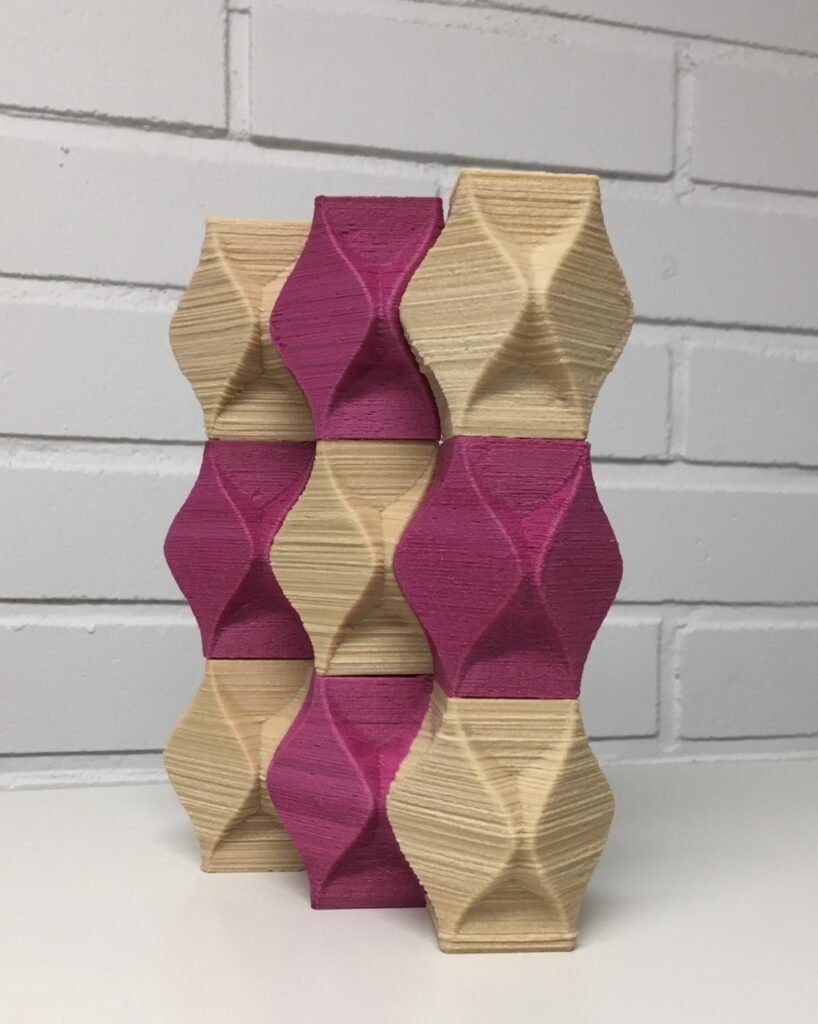Heli Kangas, Technology Manager for Biomass Processing and Products at VTT Technical Research Center will be participating in the Additive Manufacturing Strategies 2022 conference, Panel 3: Composites. The conference will be arranged as a hybrid event on March 1-3, 2022 in New York City. Heli will present the recyclability of the cellulose-based composites for 3D printing developed and tested together with Brinter.
There is a worldwide trend towards more sustainable materials and processes, driven by consumers and legislators alike. This has given companies in many industrial sectors a push to review their corporate strategies and include commitments for increased sustainability and decreased CO2 emissions. Bio-based materials originating from nature play a significant role in the development of more sustainable materials. The key challenge however is how to achieve material properties comparable to existing fossil-based materials and how to process the bio-based materials with existing machinery, in order to avoid significant investments in new equipment.
Cellulose is a good candidate for fossil-based material replacement as it is common in nature, present in all living plants, and it has many desirable properties. However, the use of cellulose in additive manufacturing is limited by the fact that it is not thermoplastic in nature. In the on-going EU funded project NOVUM, this limitation has been addressed by developing a thermoplastic cellulose-based composite material that is processable by additive manufacturing and also by injection molding. During the project, the use of the material in component manufacturing will be demonstrated in three industrial sectors; electrical insulation, automotive and shipbuilding.
Microcellulose improves the stiffness of the composite material, while the cellulose esters act as a plasticizer. The materials are printable in granule form, which gives them a competitive edge as filament production can be skipped. However, they can be printed in filament form also. Research has revealed that the thermoplastic cellulose compounds were recyclable by granular printing without additional compounding directly after printing at least for seven recycling cycles without degradation and retaining their material properties.
CO2 emissions for the production of 1 kg of the cellulose-based composite were 20% less than for the same amount of ABS (acrylonitrile butadiene styrene). In addition, the use of fossil resources was 60% less for the cellulose-based composite compared to ABS.
The optimization of the cellulose-based composite material continues, in order to fulfil the requirements of various end-use applications.
Read the whole article from 3dprint.com

